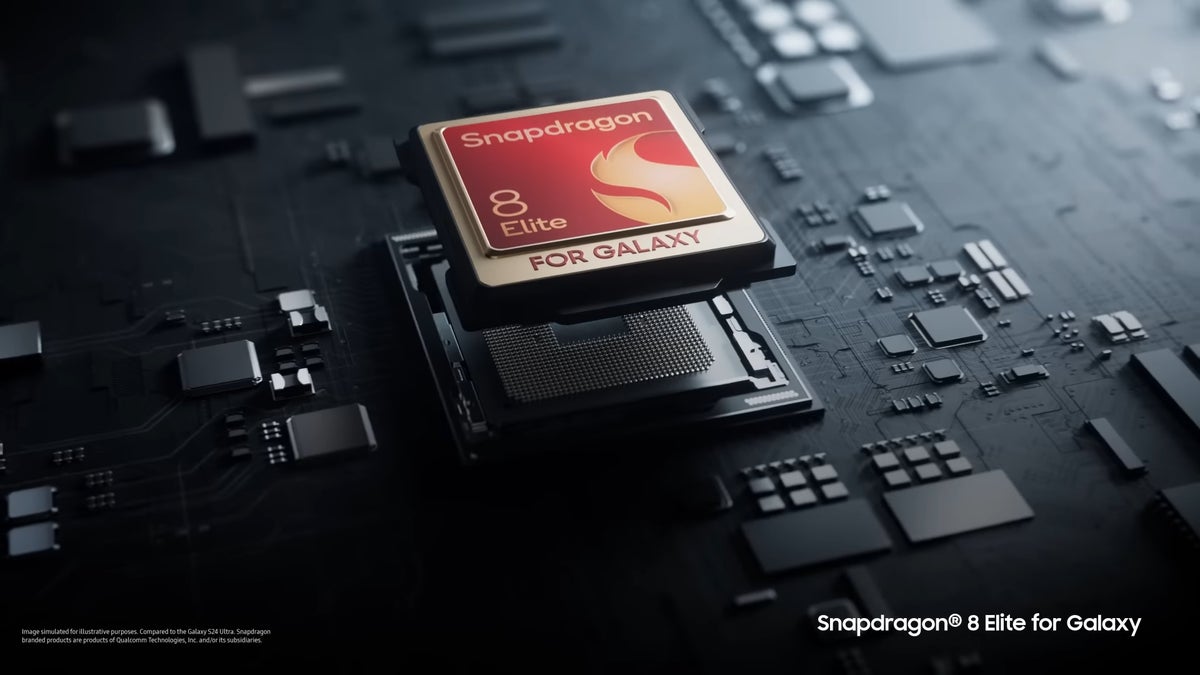Many previous rumors since the launch of the Galaxy S25 phones have claimed that Qualcomm is planning a massive price increase for the 8 Elite Gen 2. This was one of the reasons, according to reports, that Samsung was determined to perfect the Exynos 2600 on time. Failing to do so would have likely meant a much more expensive Galaxy S26 lineup.
Samsung can’t afford to do that if it wants to keep parity with current iPhone prices. So I’m sure that this news must be of great relief to the company, because it now has an out if the Exynos strategy doesn’t work.
It’s no secret that a lot of tech enthusiasts prefer Snapdragon chips over Exynos. I’ve been hoping for Samsung to sort out its yield problems, but that seems like a more drawn-out undertaking than previously anticipated. The company did eventually stabilize its 3 nm manufacturing process, and I’m hopeful that the 2 nm process will be good enough for timely delivery of the Exynos 2600.
If that doesn’t happen, however, then Samsung can now at least use Snapdragon again without worrying too much about manufacturing costs. Apple, on the other hand, is facing a lot of unpredictability. The iPhone 17 is expected to use 3 nm chips, and the phones after that are planned to feature 2 nm chips, both provided by TSMC (Taiwan Semiconductor Manufacturing Company).
But President Donald Trump’s tariff plans, and his insistence on an American-made iPhone, are making things difficult (and expensive) for Apple. Even if the Snapdragon 8 Elite Gen 2 saw a massive price hike — and was used in the S26 series — Samsung’s phones may still cost the same as the new iPhone models.
In the end, it’s the consumer that’s losing here.









